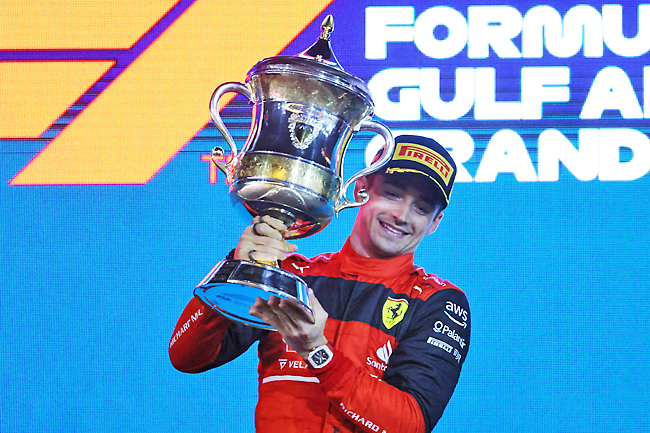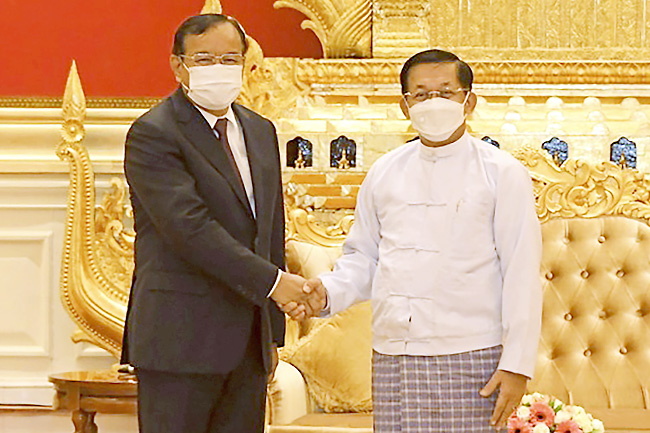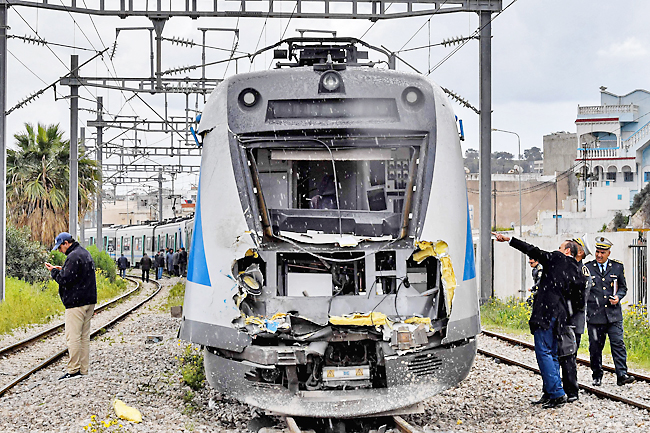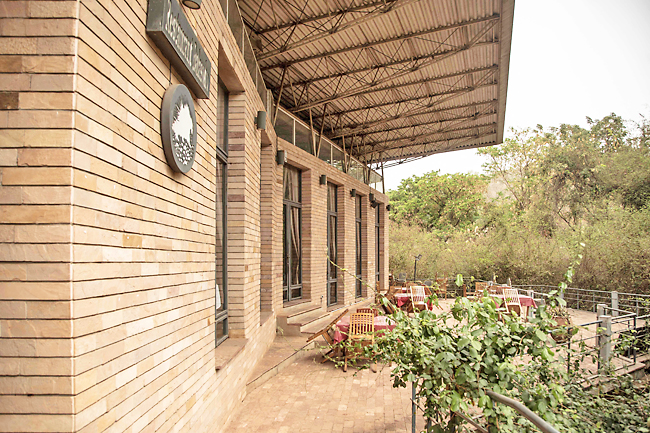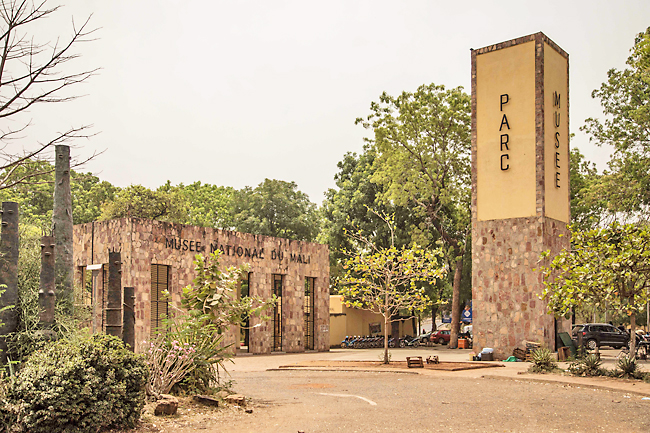SINGAPORE (CNA) – The Singapore Hotel Association (SHA) and Singapore Tourism Board (STB) launched a new hotel sustainability roadmap yesterday, with two key targets for the industry.
The first is for hotels in Singapore to commence tracking of emissions by 2023 and reduce emissions by 2030, with a view to achieve net-zero emissions by 2050.
The second target is that by 2025, 60 per cent of hotel rooms in Singapore – up from the less than 10 per cent currently – should attain internationally recognised hotel sustainability certification.
The roadmap is in line with the Singapore Green Plan 2030 and sets out “clear targets and strategies” for hotels to adopt in their sustainability journey, said SHA and STB in a media factsheet.
This in turn will allow the industry to contribute to sustainable development goals, capture new opportunities presented by the Green Economy, strengthen enterprise resilience, and tap new visitor segments, they noted.
Speaking at the Marina Bay Sands Convention Centre where the Hotel Sustainability Conference and Marketplace was held, Minister of State for Trade and Industry Alvin Tan described the roadmap as the culmination of a public-private partnership under SHA’s Hotel Sustainability Committee (HSC).
“The hotel sustainability roadmap charts out a clear industry-wide sustainability vision,” he said.
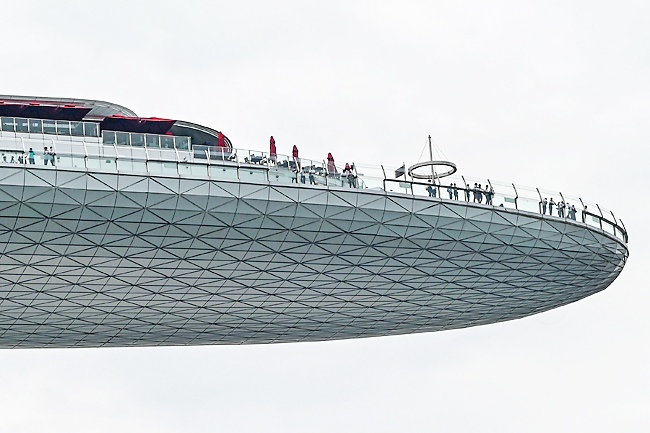
“Our goal is to help industry players to make sustainability an integral part of your operations and to help you gain a competitive advantage through your sustainability efforts.”
This means supporting hotels to develop “holistic” sustainability plans that are in line with internationally recognised standards, he explained.
STB will also work with the hotel industry on clear and quantifiable emissions targets, noted Tan.
“Through the roadmap, STB and SHA envision a hotel industry that integrates sustainability as a core value across the entire hotel ecosystem, is established as a living lab and uses sustainability to drive business competitiveness and growth, and is recognised as a leader in environmental sustainability in the region,” added SHA and STB.
The roadmap is endorsed by the HSC, which was set up in March 2020 to drive industry-wide adoption of sustainability practices in hotels to promote Singapore as a sustainable destination.
The committee is made up of members from the hotel industry and representatives from the public sector.
To help hotels achieve these targets, the roadmap lays out four strategies and related initiatives.
The first is raising sustainability standards and striving towards internationally recognised sustainability certification by a number of solutions.
Other strategies include test-bedding and adopting innovative sustainable solutions, developing sustainable hotel concepts and experiences in Singapore and raising awareness of the industry’s sustainability efforts and promoting sustainable consumption habits among hotel guests.
STB and SHA have also identified four focus areas to green hotel operations, to ensure that sustainability efforts drive impactful environmental outcomes.
These areas are water conservation, waste management, recycling and circular economy, sustainable sourcing and procurement as well as energy conservation.
“This roadmap is also another significant step forward that we have taken forward towards greening our tourism sector which has been hard hit by the pandemic,” said Tan.
“But I hope that it can guide hotels to chart and achieve ambitious sustainability goals, and inspire this change, that the hotel industry can lead the efforts in other tourism sectors and other tourism businesses.”

